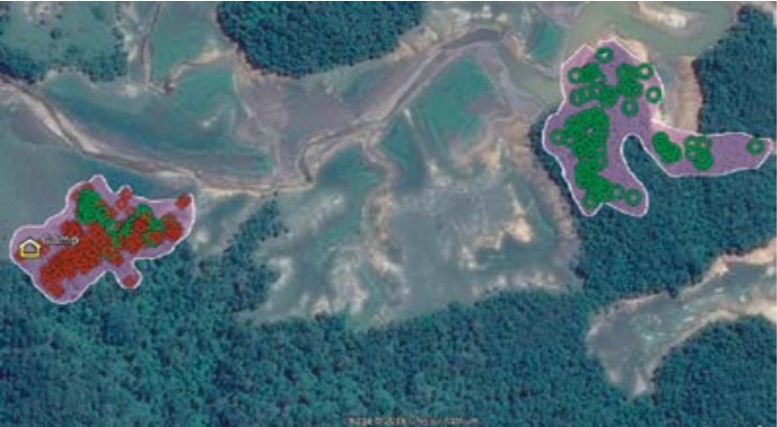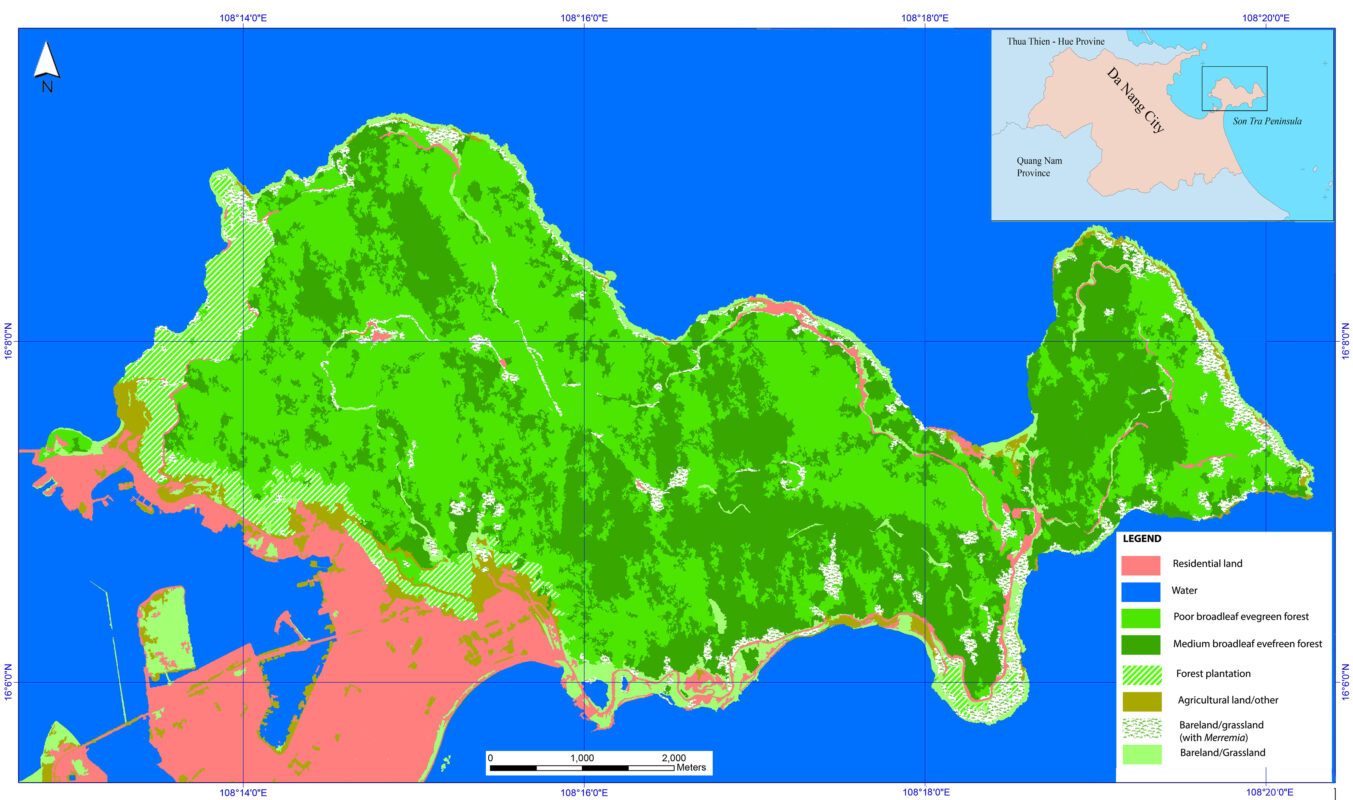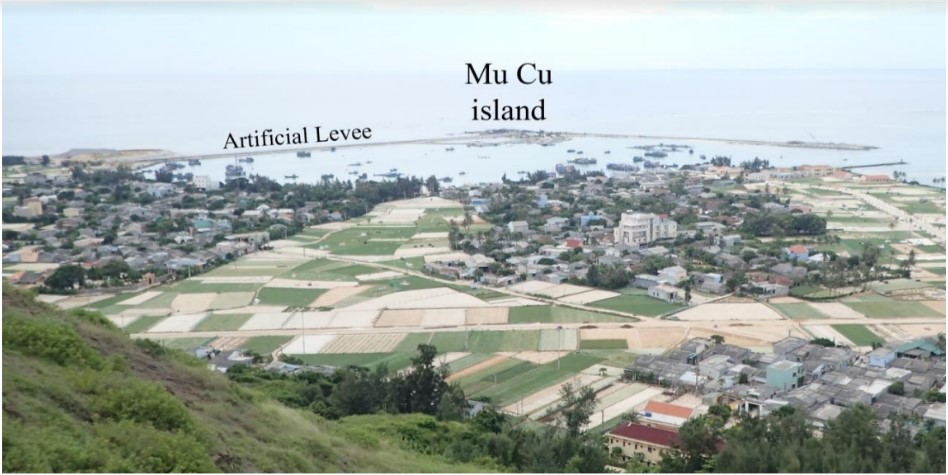A large population of the northern yellow-cheeked gibbon (Nomascus annamensis) and new records on the primate diversity in Ba Na-Nui Chua Nature Reserve, Danang, Vietnam
Primates are in the focus of conservation in the Central Annamite Mountains, and biological assessments, such as on-the-ground surveys, are essential for providing necessary data to develop suitable conservation strategies to ensure their long-term survival. Ba Na-Nui Chua Nature Reserve (BNNC), is located in the vicinity of Danang City in Vietnam and encompasses a stretch of evergreen forests that has not been surveyed extensively. Especially for the newly included expansion areas, northwest of the original reserve boundaries, there is only limited information. Of particular concern in this area are the crested gibbons (Nomascus spp.) and douc langurs (Pygathrix spp.) and information on their distribution and population status are urgently needed. From June 2016 to July 2017, we conducted mixed methodology interview surveys of reserve rangers and local residents in order to assess the presence of primate species in the area. The study revealed that at least six primate species occur. Five of these species were confirmed during the subsequent surveys: northern yellow-cheeked gibbon (Nomascus annamensis), red-shanked douc langur (Pygathrix nemaeus), stump-tailed macaque (Macaca arctoides), northern pig-tailed macaque (M. leonina), and pygmy loris (Nycticebus pygmaeus).
We surveyed the 2000 ha of the expansion areas and recorded 14 to 16 groups of the northern yellow-cheeked gibbon, which lead us to estimate a total population in the expansion areas of more than 100 groups.
Based on these findings, we recommend conservation and research activities in BNNC and promote the long-term protection of primates at this site by incorporating BNNC as part of the critical conservation priority area in the Central Annamite Mountains.
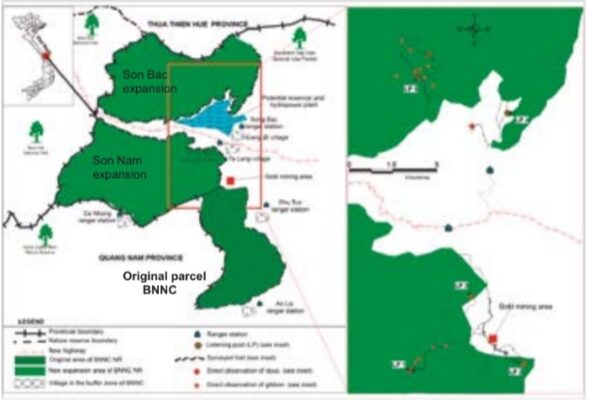
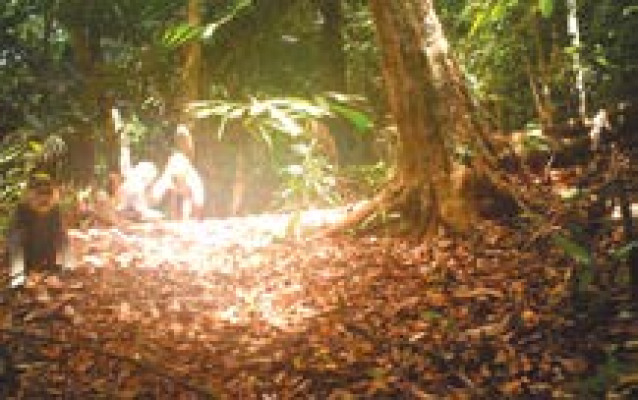
Using mixed methodologies the study revealed that at least six primate species occur in the extension areas of BNNC, of which five were directly observed during our field surveys. The surveys provided the first records of the northern yellow-cheeked crested gibbon and red-shanked douc langur in these areas. Based on the high diversity of primates and other wildlife species found in the reserve (Bui Van Tuan et al. pers. com.), we recommend to increase research and conservation activities. BNNC should become part of a contiguous green corridor stretching from Phong Dien Nature Reserve to Bach Ma National Park (Thua Thien Hue Province) (Dickinson & Van Ngoc Thinh 2006).
See more here



